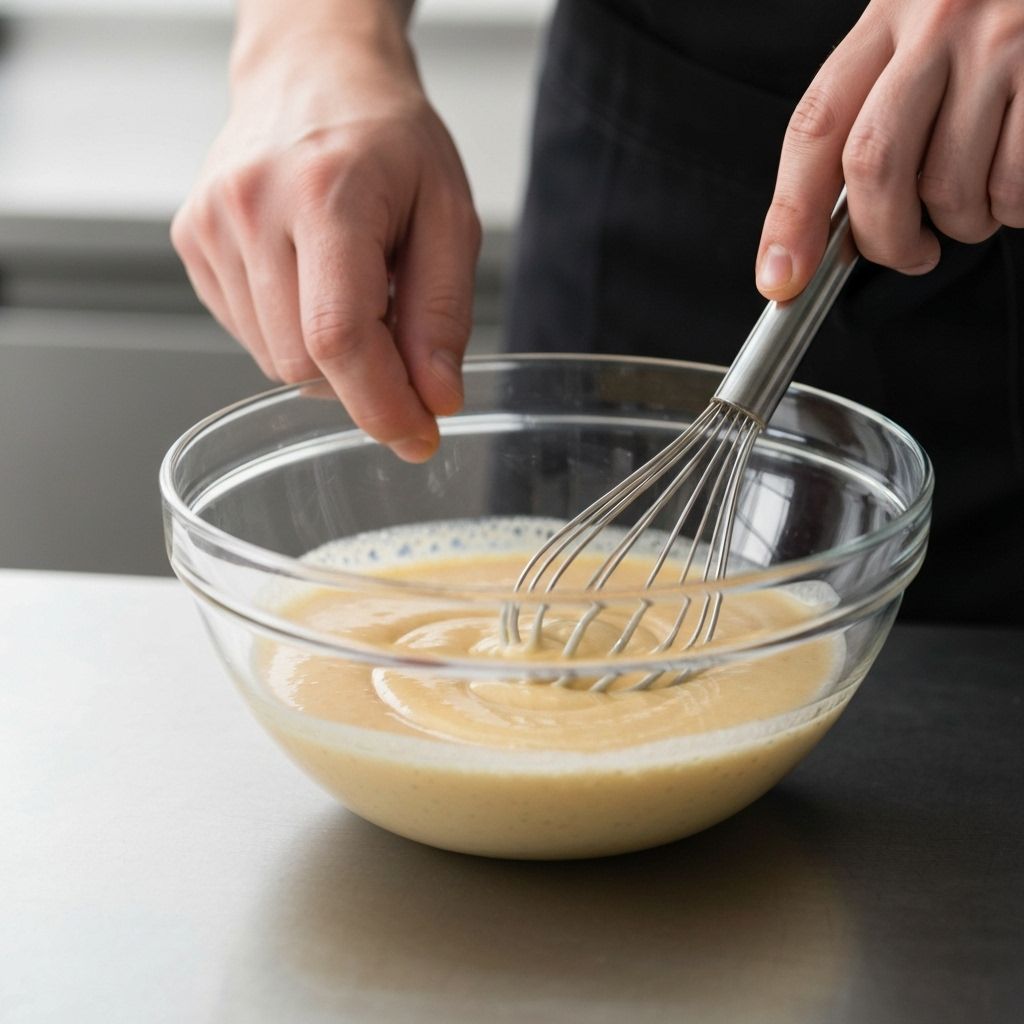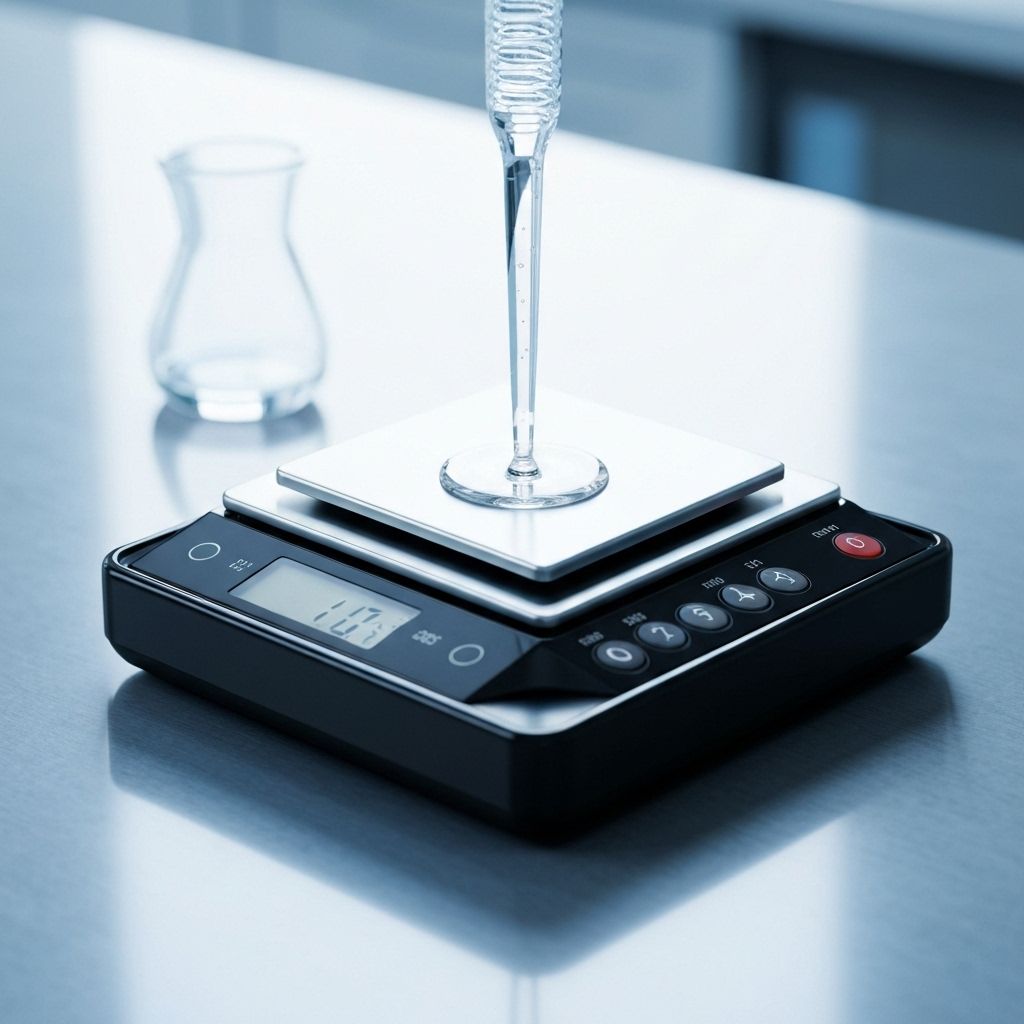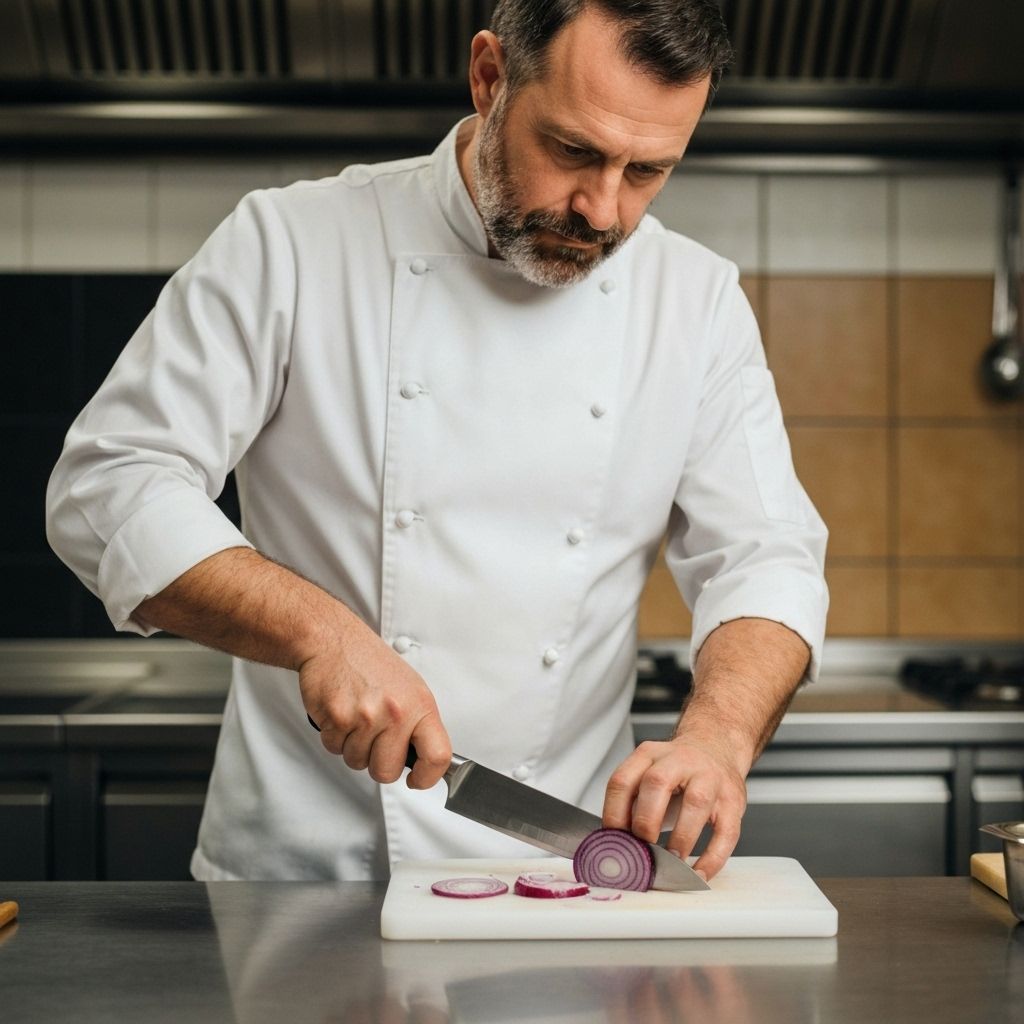Emulsion Mastery: The Physics of Mayonnaise, Hollandaise, and Beyond
Understand the molecular science behind stable emulsions and how precision technique prevents breaking.
- Answer the main question in one sentence.
- Give the best pick and why in one line.
- Link to the product or guide for next step.

Emulsions represent a triumph of technique over thermodynamics. Oil and water naturally separate, but proper emulsification creates stable suspensions that form the foundation of countless sauces.
Temperature control is critical. For mayonnaise, all ingredients should be at 20°C (68°F). Cold eggs won't emulsify properly, while warm ingredients risk bacterial growth. Use a precision thermometer to verify temperatures before beginning.
The addition rate determines success. Begin with 5ml oil per 30 seconds of whisking, gradually increasing as the emulsion stabilizes. Too rapid addition overwhelms the emulsifier's capacity, causing the mixture to break. Our precision scales enable exact measurement of addition rates.
Lecithin in egg yolk acts as an emulsifier, with hydrophilic heads attracted to water and hydrophobic tails to oil. This molecular structure creates a stable interface between the two phases. Understanding this mechanism explains why adding more yolk can rescue a broken emulsion.
For hollandaise, maintain butter temperature at 45-50°C. Below this range, butter solidifies; above it, proteins denature and the emulsion breaks. Precise temperature control, measured with an instant-read thermometer, ensures consistent results.
// RELATED_ARTICLES

Laboratory Precision in the Kitchen: Advanced Weighing Techniques
Learn how precision measurement transforms cooking from art to science, enabling perfect reproducibility.

Fundamental Knife Skills: Precision Cuts for Professional Results
Master the essential cutting techniques that form the foundation of professional culinary practice.